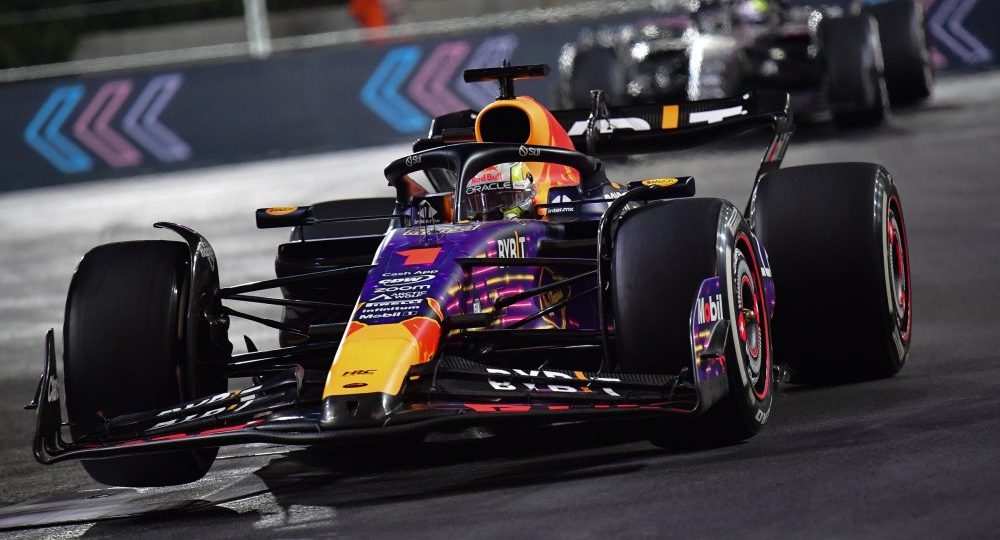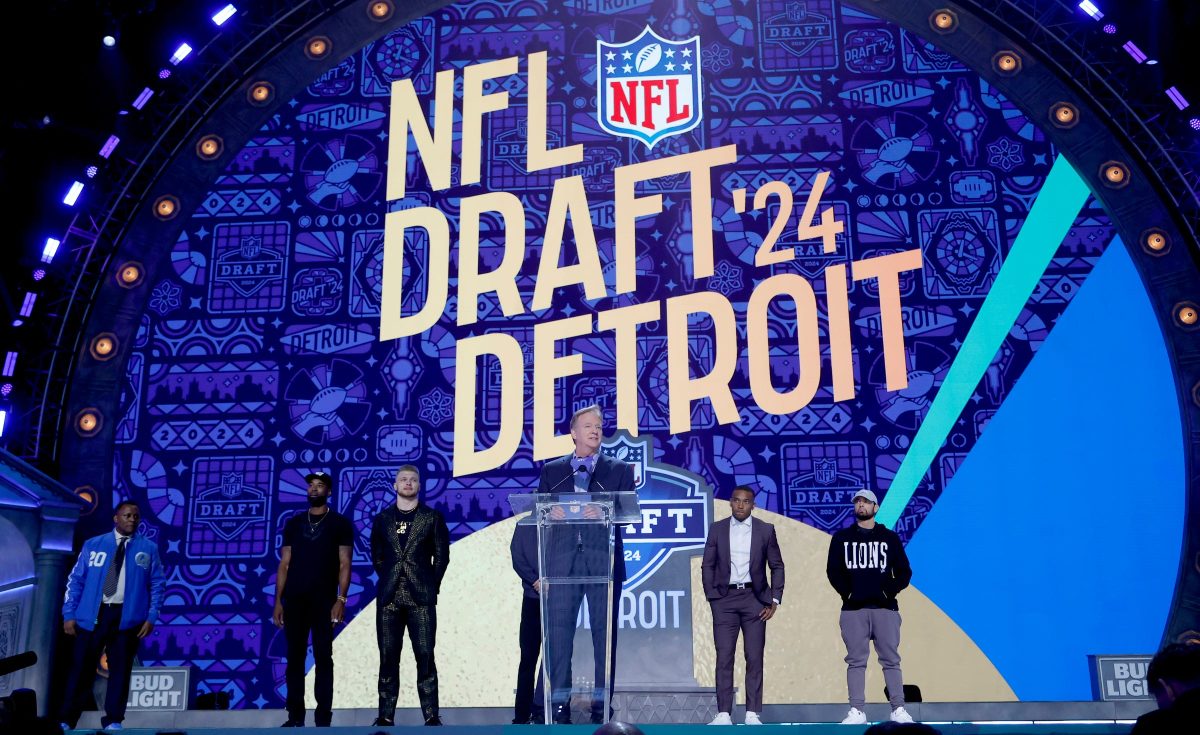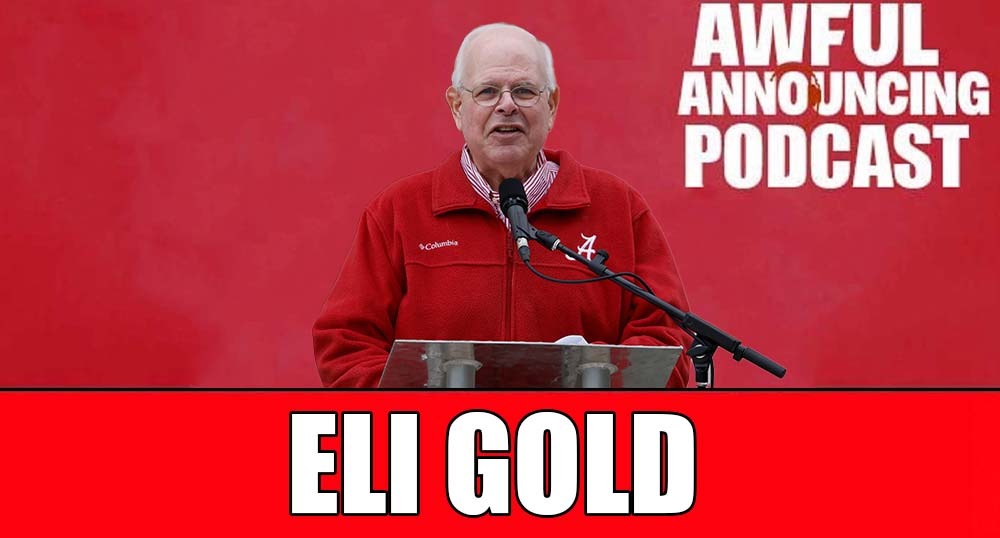All-Star games across sports have taken plenty of ratings hits recently, especially this year; MLB’s drew a record-low rating, the NFL’s Pro Bowl rating fell, and the NHL and MLS All-Star games also dropped, with the NBA’s game the lone one amongst major North American sports to actually see an increase. Many leagues have tried to shake up the format to keep viewers around, and the NHL’s the latest to do so, but they’re doing so in rather drastic fashion than their typical methods of just changing the teams (North America/World, Eastern Conference vs Western Conference, Captain A versus Captain B, etc). This time, they’re keeping the skills competition, but eliminating the regular game and replacing it with a 3-on-3 tournament. From Puck Daddy’s Josh Cooper:
The league will have a 3-on-3 tournament with four teams based on divisions. The Metropolitan Divison will face off against the Atlantic Division and the Central Division will play the Pacific Division.
Each side will feature 11 players: six forwards, three defensemen and two goalies.
Fans will vote for one player from each division regardless of position. The top vote-getter from each division will be that division’s team captain. The remaining 40 All-Stars will be chosen by the NHL’s Hockey Operations department with the goal of getting all 30 teams represented.
The games will be 20 minutes in length with the teams switching side after 10 minutes. Games that are tied after 20 minutes will be decided by a shootout.
The four division-leading NHL coaches after Jan. 9 will head to Nashville to coach the four All-Star teams.
The winners of each semifinal will play in the final for the $1 million prize, which will likely end up going to a charity.
This is a cool idea, and one that might end up pulling in a lot of viewers. The NHL went to 3-on-3 overtime for the regular season this year, and that format change has been largely praised from a viewing perspective. Three-on-three hockey is fast-paced and has more space and less checking (and checking is traditionally not found in all-star games, so this way at least produces a good reason to ignore it), and it fits well with the offensive emphasis of all-star games. The tournament format is also interesting; even though these teams have more than three players and are competing in a different sport, it brings back memories of possibly the greatest sports commercial series.
We’ll see if this proves to be a gimmick or something sustainable, and we’ll find out just how popular it is, but it certainly looks like something worth trying. One big downside is that they’re not letting the captains choose their own teams any more; as we found out last year, the players managed to make that entertaining despite the broadcasters’ best efforts to bore viewers. Maybe that’s the larger takeaway; this, and other NHL all-star twists, are most likely to succeed if the players embrace the idea and make it fun and everyone else gets out of the way. We’ll see if that happens this year or not.







Comments are closed.